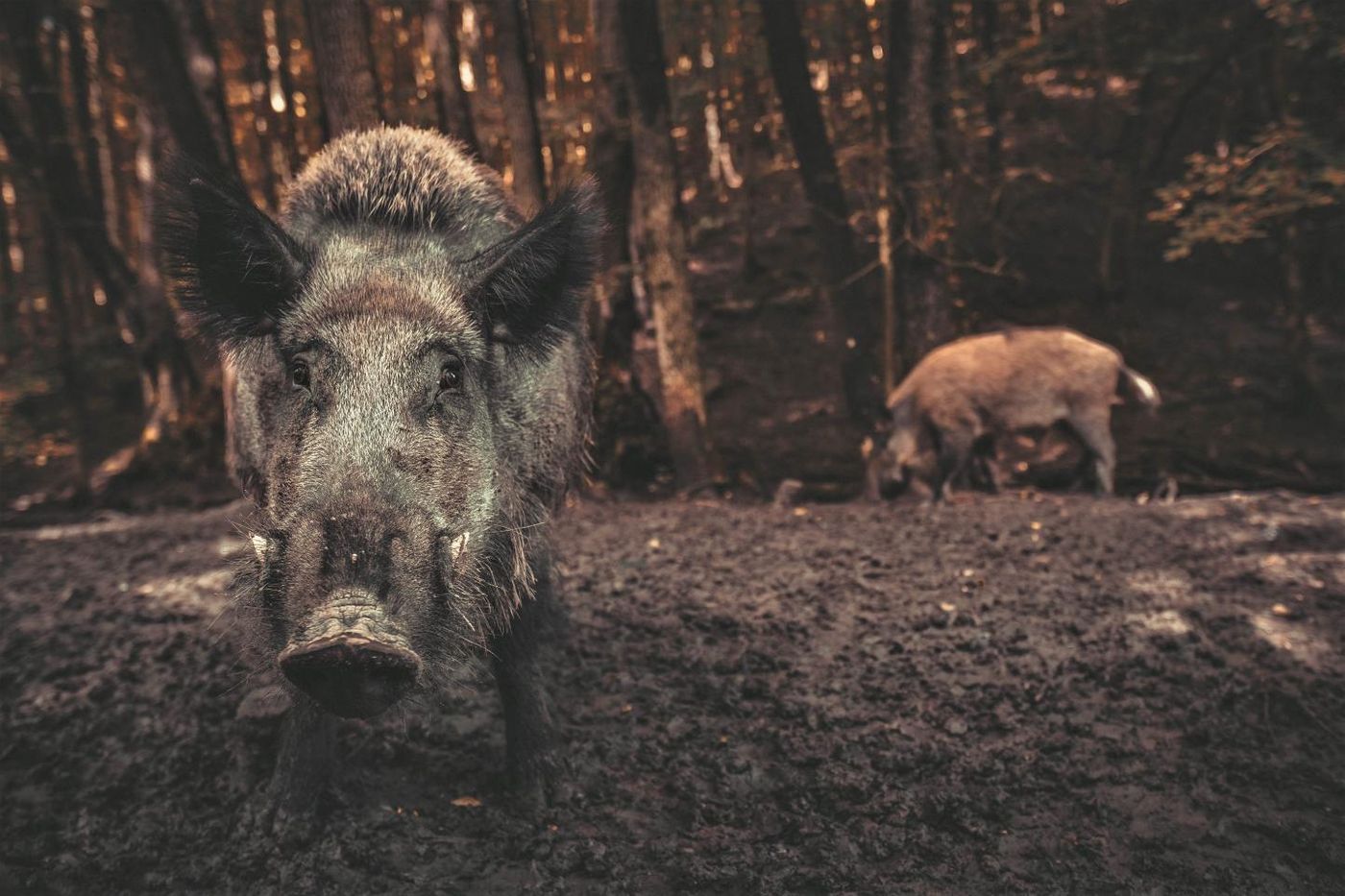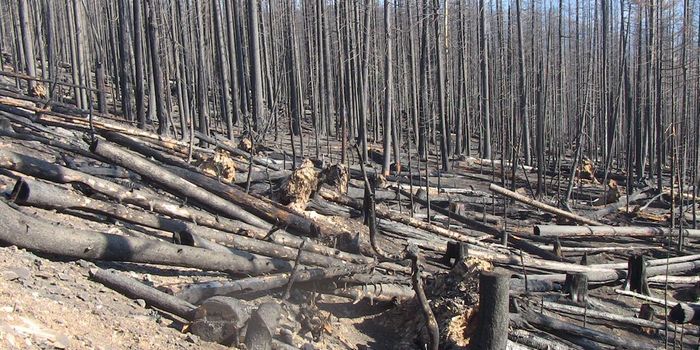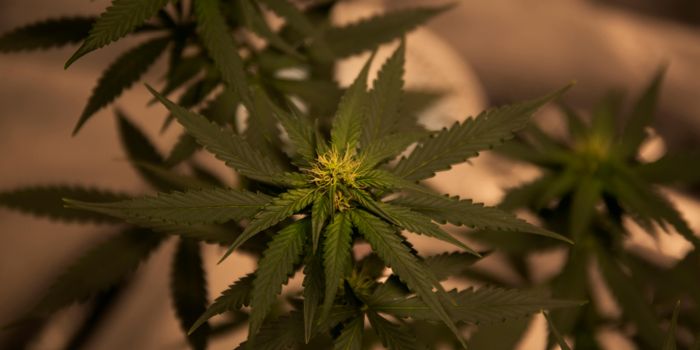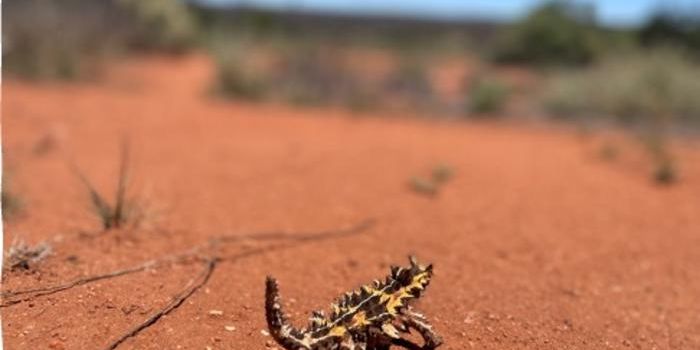Feral Pigs Are Releasing More Carbon Than One Million Cars
Feral pigs are considered to be a destructive, menacing invasive species in several parts of the world including the southern United States and Australia. Now scientists have suggested that the environmental destruction caused by wild pigs worldwide releases about 4.9 million metric tons of carbon dioxide every year when these pigs uproot the carbon that's trapped in soil. That's the same amount of carbon released by around 1.1 million cars.
The work, which was reported in Global Change Biology, used population models and mapping tools to estimate the climate damage these pigs cause. The number of feral pigs only continues to grow, and makes them a threat to the climate, said Dr. Christopher O'Bryan of The University of Queensland. They are essentially acting like tractors, plowing a field and disturbing the soil, which releases carbon.
"Since soil contains nearly three times as much carbon than in the atmosphere, even a small fraction of carbon emitted from soil has the potential to accelerate climate change," O'Bryan said. "Our models show a wide range of outcomes, but they indicate that wild pigs are most likely currently uprooting an area of around 36,000 to 124,000 square kilometres, in environments where they're not native. This is an enormous amount of land, and this not only affects soil health and carbon emissions, but it also threatens biodiversity and food security that are crucial for sustainable development."
In this study, 10,000 potential maps of wild pig density were simulated, and the amount of soil that would be disturbed was inferred based on data from research on damage caused by these pigs in a wide range of conditions. These included lowlands and woodlands.
University of Canterbury graduate candidate Nicholas Patton noted that humans are to blame for the movement of invasive species, so it's important for us to acknowledge the problem and take steps to address it. These animals also have to be factored in when considering future changes in the climate.
"If invasive pigs are allowed to expand into areas with abundant soil carbon, there may be an even greater risk of greenhouse gas emissions in the future," said Patton. "Because wild pigs are prolific and cause widespread damage, they're both costly and challenging to manage.
"It's clear that more work still needs to be done, but in the interim, we should continue to protect and monitor ecosystems and their soil which are susceptible to invasive species via loss of carbon."
Sources: AAAS/Eurekalert! via University of Queensland, Global Change Biology









